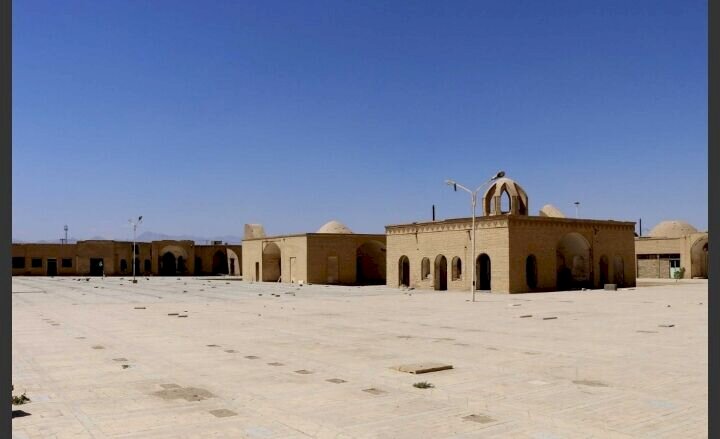Centuries-old cemetery in Yazd to turn into museum

TEHRAN – The centuries-old cemetery of Juy-e Horhor in the central province of Yazd is planned to be turned into a gravestone museum, the provincial tourism chief has announced.
With regards to its historical significance and the fact that this historical cemetery buried many scholars and elders of Yazd, its restoration and establishment of a museum of ancient tombstones seem necessary, Seyyed Mostafa Fatemi said on Wednesday.
Covering an area of 52 hectares, the cemetery dates back to centuries ago, however, the structures and some mausoleums inside it belong to the Qajar-era (1789–1925), the official added.
Juy-e Horhor belongs to both Muslims and Jews with two different entrance gates on the north and south sides. There are several graves of scientists, mystics, literati, and clergymen from different historical eras in the cemetery.
Although there are currently no burials in the Muslim section of the cemetery, the Jewish section, with its 22,000 square meters of area, still retains its use, and religious services are also performed there apart from burying the dead.
The historical monument has recently been inscribed on the National Heritage list.
In July 2017, the historical structure of the city of Yazd was named a UNESCO World Heritage. Wedged between the northern Dasht-e Kavir and the southern Dasht-e Lut on a flat plain, the oasis city enjoys a very harmonious public-religious architecture that dates from different eras.
With its winding lanes, a forest of badgirs (wind catchers), mud-brick houses, atmospheric alleyways, and centuries of history, Yazd is a delightful place to stay, referring to as a ‘don't miss’ destination by almost all travel associates in the region.
Water is brought to the city by the qanat system. Each district of the city is built on a qanat and has a communal center.
The use of earth in buildings includes walls and roofs by the construction of vaults and domes. Houses are built with courtyards below ground level, serving underground areas. Wind-catchers, courtyards, and thick earthen walls create a pleasant microclimate.
Partially covered alleyways together with streets, public squares and courtyards contribute to a pleasant urban quality. The city escaped the modernization trends that destroyed many traditional earthen cities.
It survives today with its traditional districts, the qanat system, traditional houses, bazaars, hammams, water cisterns, mosques, synagogues, Zoroastrian temples, and the historic garden of Dolat-Abad. The city enjoys the peaceful coexistence of three religions: Islam, Judaism, and Zoroastrianism.
Yazd Jameh Mosque, Dowlatabad Garden, the Yazd Atash Behram, also known as Atashkadeh-e Yazd, Towers of Silence, and adjacent desert landscape are among its tourist sites.
ABU/AFM
Leave a Comment